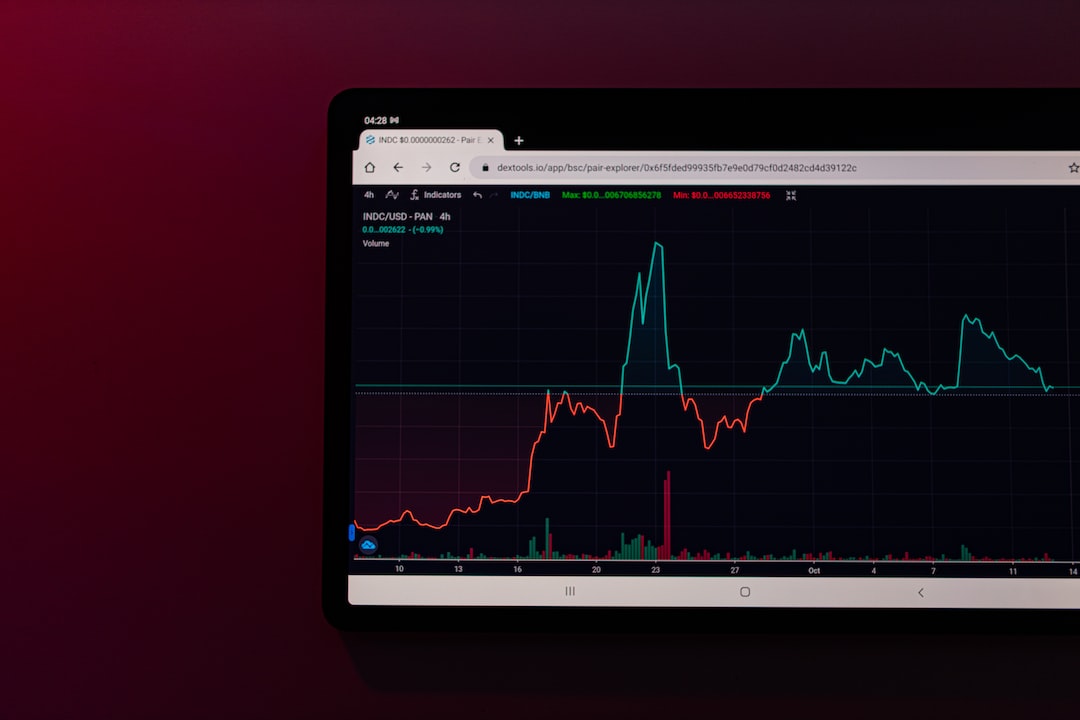The Shiba Inu (SHIB) price is stuck in a corrective pattern
The Shiba Inu (SHIB) price has been trading within a corrective pattern since facing rejection on November 11. The price has made several failed breakout attempts, but it remains in the upper portion of the pattern. The question now is whether the next breakout attempt will be successful.
Shiba Inu (SHIB) hovers below resistance
Looking at the daily time frame, technical analysis shows that the SHIB price has been declining since January and is currently below a descending resistance trend line. This trend line has led to multiple rejections, with three occurring in November alone. These rejections indicate selling pressure. Additionally, there is an ascending support trend line since June, forming a symmetrical triangle pattern when combined with the long-term descending resistance trend line.
RSI fails to confirm trend direction
The Relative Strength Index (RSI) on the daily chart serves as a momentum indicator. Currently, the daily RSI stands at 50, failing to confirm the direction of the trend. A reading above 50 indicates bullish momentum and an upward trend, while a reading below 50 suggests the opposite.
SHIB price prediction – Recovery possible?
On the six-hour time frame, the SHIB price has been declining within a descending parallel channel since November 11. However, on November 22, it rebounded at the 0.618 Fib retracement support level, which aligns with the channel’s support trend line. Despite this rebound, a breakout from the channel has not occurred yet.
Trend confirmation crucial for SHIB price
The six-hour RSI is also at 50, providing no clear confirmation of the trend’s direction. Whether the SHIB price breaks out from the channel or gets rejected will determine the future trend. A successful breakout could lead to a 35% increase, while a rejection may cause an 11% drop to the nearest support level.
Hot Take: Can Shiba Inu (SHIB) overcome resistance?
The Shiba Inu (SHIB) price has been stuck in a corrective pattern, with multiple rejections at a descending resistance trend line. The RSI fails to confirm the trend’s direction, adding further uncertainty. On the six-hour chart, SHIB is consolidating under a channel’s resistance trend line. A breakout from the channel could result in a significant price increase, while a rejection could lead to a drop. Traders and investors should closely monitor these key levels to determine whether SHIB can overcome resistance and begin its recovery.





 By
By
 By
By
 By
By
 By
By
 By
By
 By
By